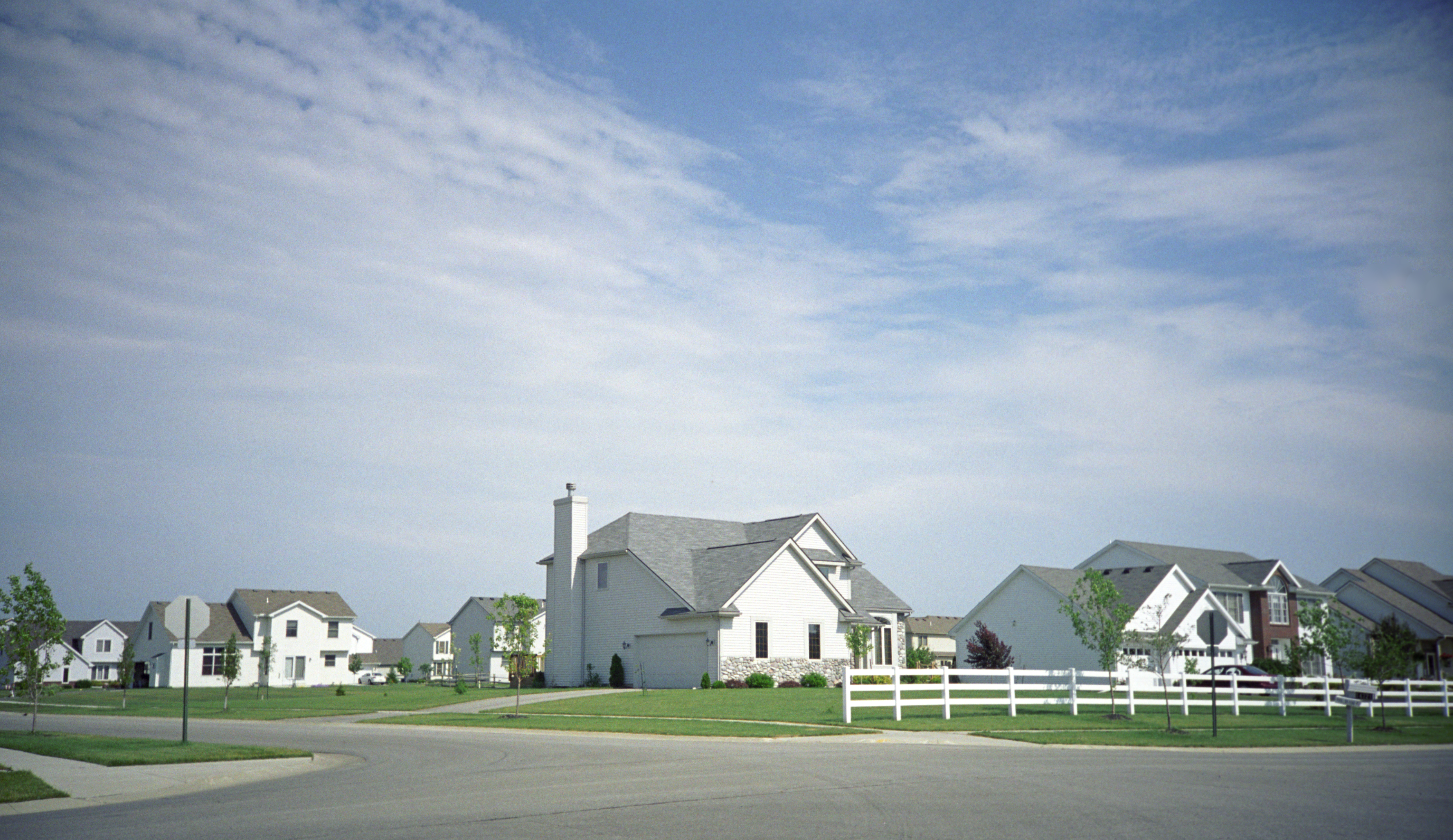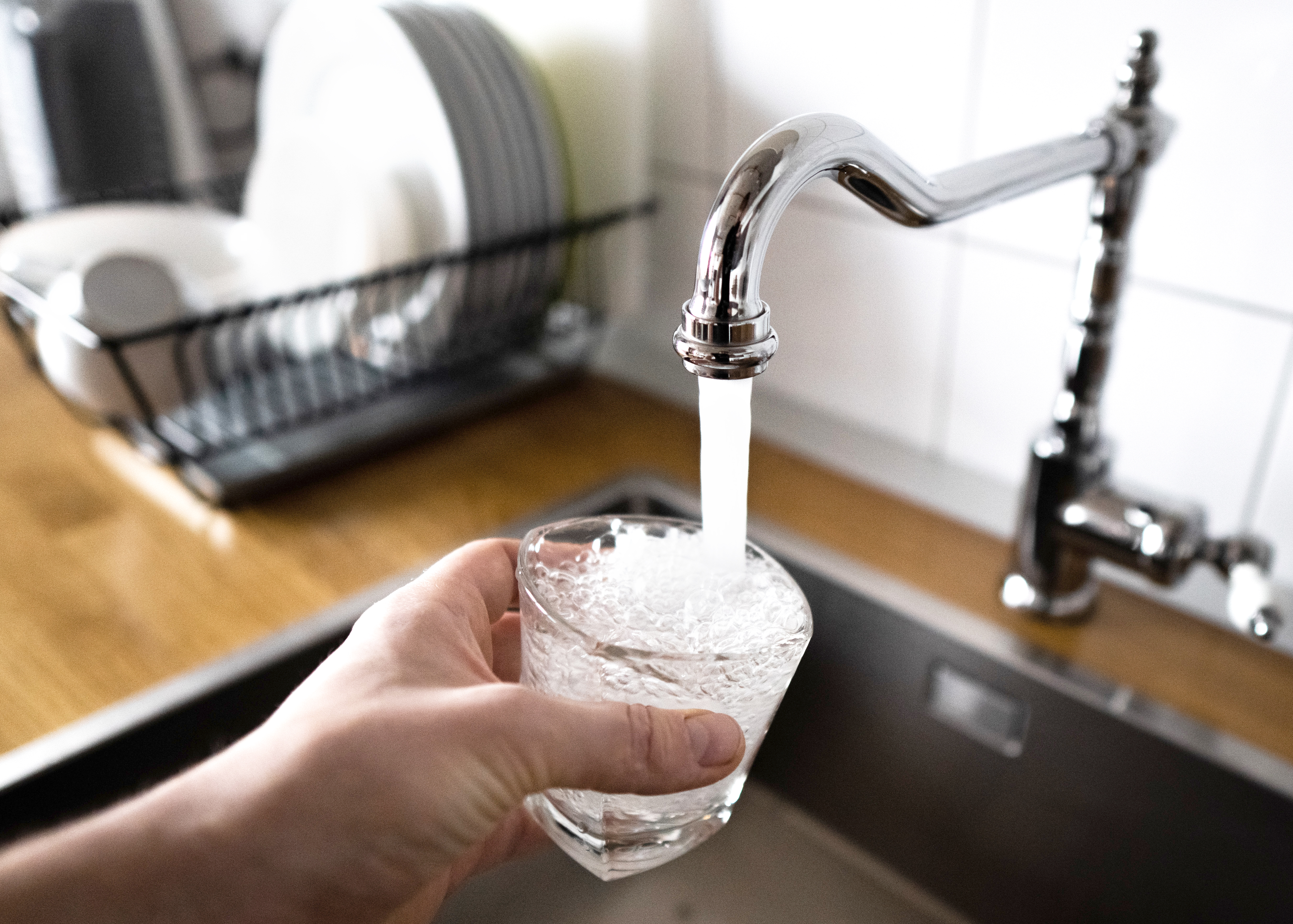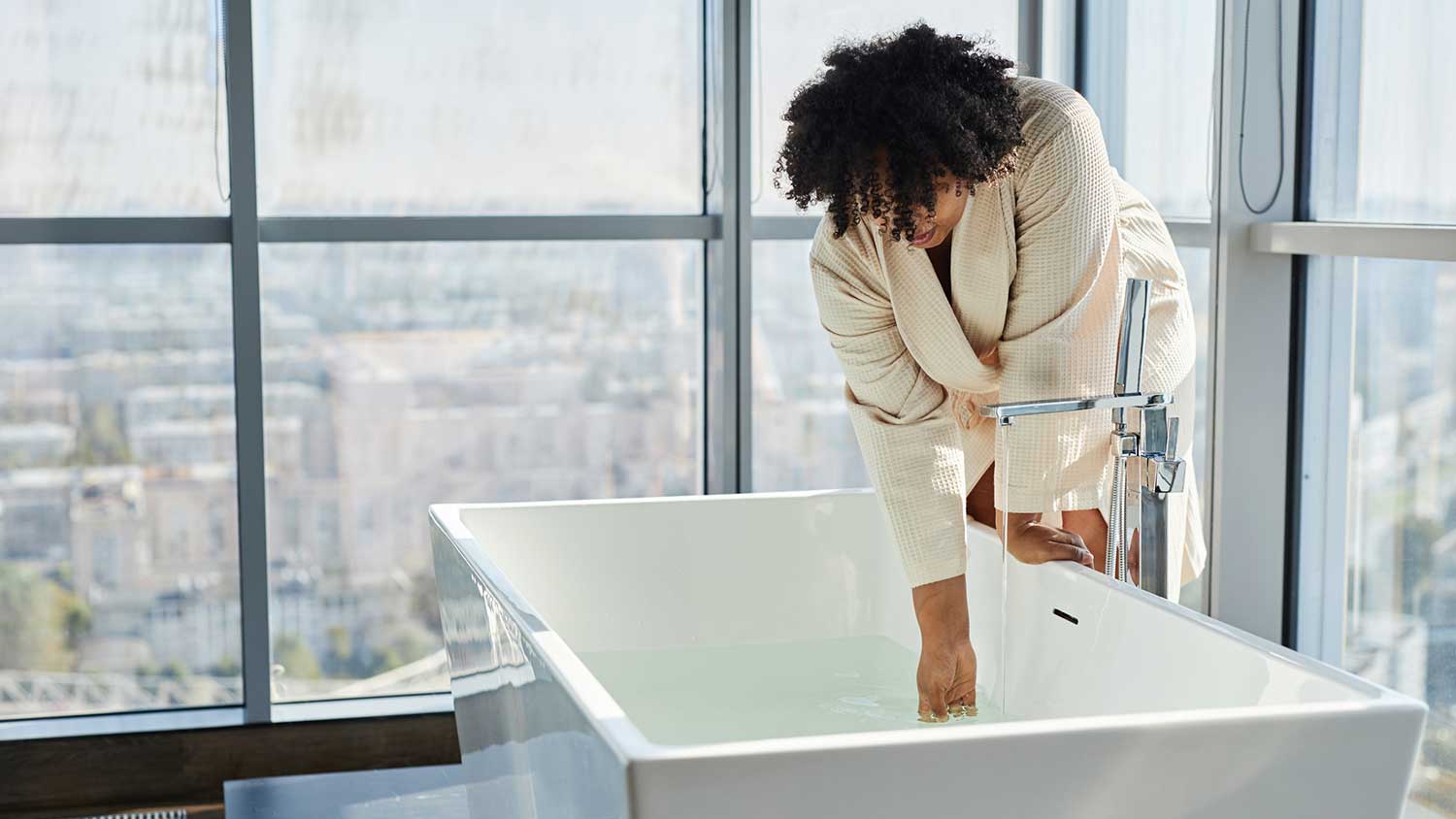
Discover the leading factors affecting your main water line replacement cost in Columbus, including length, material selection, and installation details.
Traditional or modern, it’s your pick


When planning your dream shower, you may be thinking about big decisions like the shower type or the color scheme you want. But did you know choosing the shower drain type is just as important? The shower drain affects the overall design of your shower and its long-term maintenance needs. The five shower drain types are point, linear, tile in, grid, and corner.

The point drain, also called the center drain, is the most common type that homeowners use. These shower drains are in the center of the shower, where the floor slopes down from all sides. It’s the most functional and practical option since it’s cost-effective and easy to install.
Keep in mind that this type of shower drain works with floor tiles no larger than 4-by-4 inches. Larger tiles don’t allow for the right slope on the floor for this setup.
| Pros | Cons |
|---|---|
| Most affordable | Not as visually appealing as other options |
| Easy to maintain | Requires smaller floor tiles |
| Straightforward installation | Poor installation can cause water to pool |
Best for: Traditional showers

Linear drains, or trench or channel drains, are thin rectangular drains installed along one edge of the shower. The entire floor slopes toward the drain, and because the drain is bigger, it can handle higher water flow rates than other types. This means linear drains are the best option for rainfall showers or showers with multiple showerheads.
There aren’t any constraints on tile size, allowing you to potentially use the same tile in the shower and bathroom. The main drawback is that, while they look great, they require more work to keep clean. Moreover, installing a linear drain requires hiring a skilled plumber to do the job correctly.
| Pros | Cons |
|---|---|
| Modern look | Requires frequent cleaning |
| Use any size of floor tile you want | More costly than point drains |
| Can handle high water flow rates | Difficult to DIY |
Best for: Modern showers

The shower grid is the metal hardware you install on top of your point or linear drain. It catches hair and debris to minimize clogs. The grids come in various shapes, finishes, and designs to fit any bathroom’s aesthetic.
The most common grid is silver and circular with square holes, but modern options come in different finishes, such as bronze, black, and light gold. Some drains are elaborate and decorative, with geometric or floral-inspired patterns.
| Pros | Cons |
|---|---|
| Available in various colors and designs | May require a drain strainer to prevent clogs |
| Prevents clogs by catching debris | Deep cleaning requires you to remove the cover |
| Easy to clean | Small debris can get stuck in the small crevices |
Best for: All drain types

Tile-in shower drains are a modern and sleek option for point and linear drains. These come in a variety of sizes and shapes and are sometimes called tileable drain covers. The drain is on the exterior perimeter, allowing you to install tile in the center.
When done correctly, these tile-in drains create a seamless look that’s hard to beat. One major downside is that the drain holes are extra small, so you’ll have to clean them more.
| Pros | Cons |
|---|---|
| Visually appealing | Requires skilled installation |
| Comes in different finishes to match your shower hardware | Frequent cleaning is required |
| Showcases the tiling in your shower | Can clog easier than other drain types |
Best for: The ultra-modern shower
Corner drains are triangular and fit snugly in the corner of the shower. Depending on the look you’re going for, you can choose between metal or tile-in grids. These are used for wet room bathrooms where there’s no clear boundary between the shower floor and the rest of the room.
| Pros | Cons |
|---|---|
| Out of sight | Requires proper sloping of the floor to work correctly |
| Various grid options | Only available for custom showers |
| You don’t have to stand on them while showering | Calls for a knowledgeable installer to get it done properly |
Best for: Wet room bathrooms
If you plan on DIYing the job or want something cost-effective, opt for the point drain. Although these drains are associated with traditional showers, you can still add a contemporary spin to them by choosing the right grid. In particular, using a square grid can add a modern pop to your shower. Match your grid finish with the shower hardware for a cohesive look.
If your dream shower is contemporary and chic, a linear or tile-in drain is likely to fit the bill. For these options, hire a shower installer near you to ensure everything is installed properly to avoid leaks and other plumbing issues.
From average costs to expert advice, get all the answers you need to get your job done.

Discover the leading factors affecting your main water line replacement cost in Columbus, including length, material selection, and installation details.

Learn about main water line repair costs in Columbus and what affects pricing to be prepared before you start getting estimates.

Learn how much plumbers cost in Columbus, Ohio. Discover pricing for faucet repairs, pipe work, and emergency services, plus how you can save money.

Winter can be particularly harsh on your plumbing—from water heater issues to frozen pipes. As the weather gets chilly, use these tips to prepare your home and avoid a costly winter plumbing leak.

Dealing with slow-draining sinks or a full toilet clog? Use this DIY guide on how to clear clogged drains to get your drain working again in no time at all.

Most homeowners will eventually need to replace bathroom hardware. This guide breaks down bathtub faucet installation costs, so you can upgrade your bathroom.